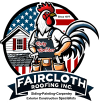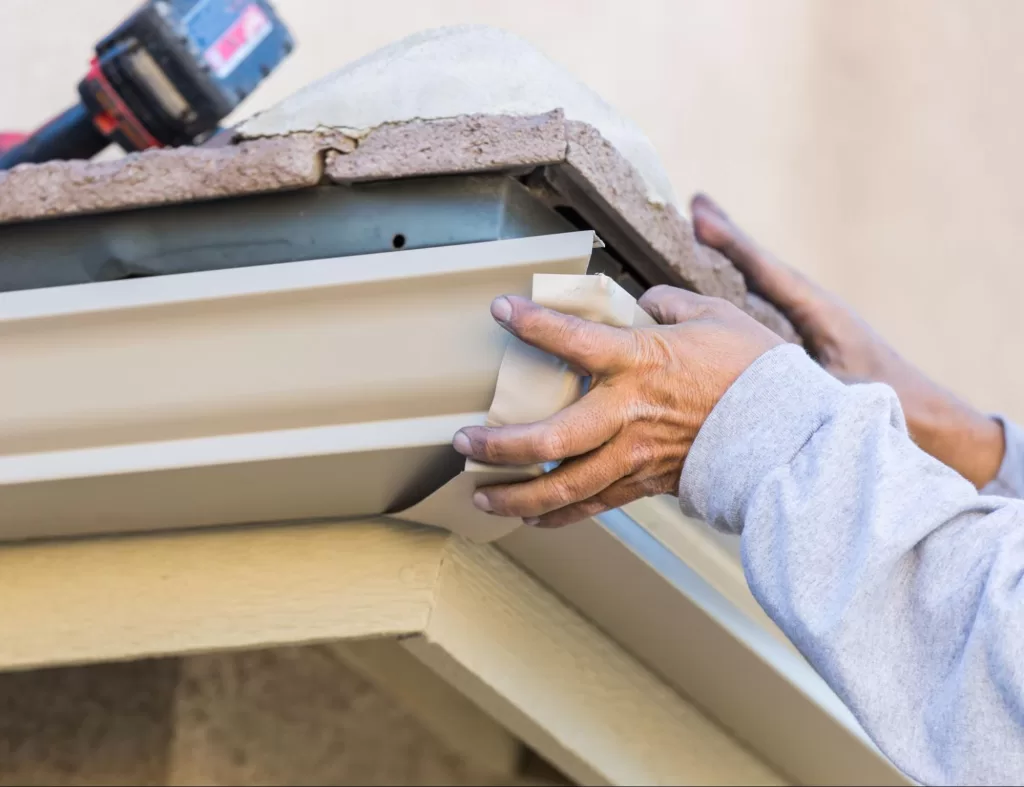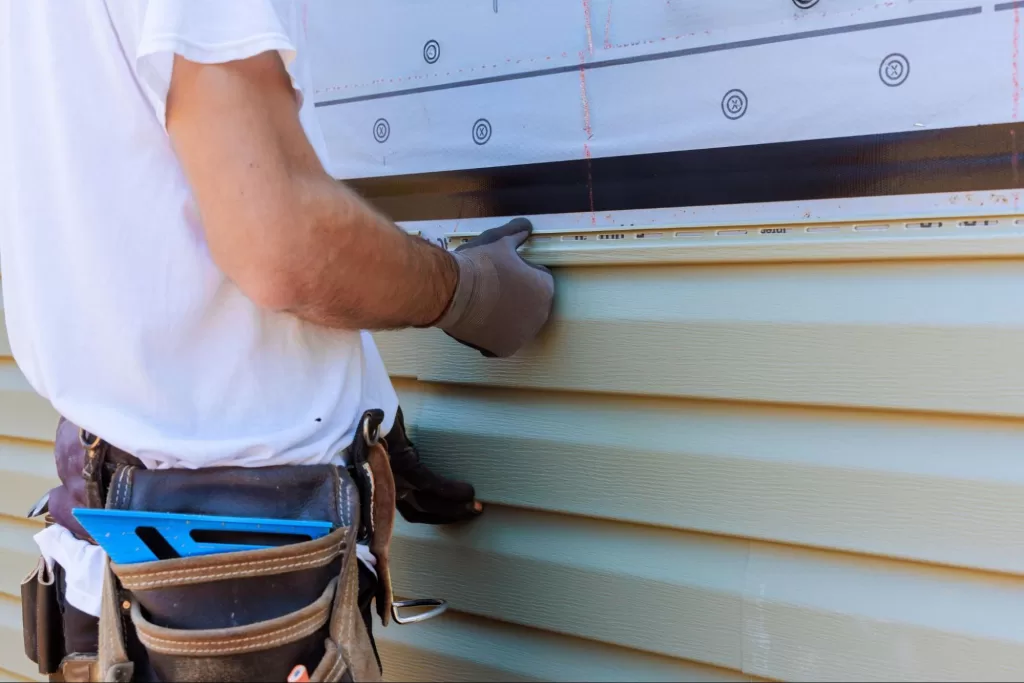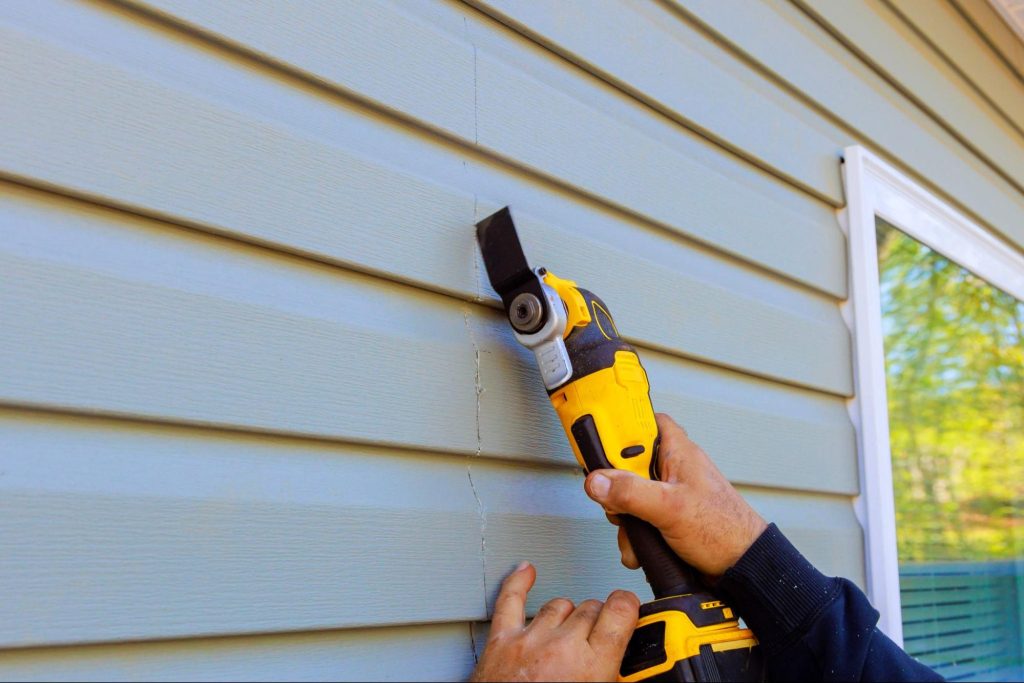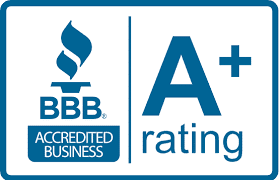Rain Gutter Replacement and Home Value: What You Should Know
Most homeowners don’t think about their gutters until something goes wrong. But when it comes to protecting your home and boosting its value, they deserve more attention. Gutters may not be the flashiest feature, but they handle the mess that could ruin your foundation, siding, or landscaping. A worn-out system tells buyers something’s been neglected, even if the rest of the house looks fine. Swapping old gutters for a solid new setup isn’t just maintenance—it’s a smart way to protect what you’ve built. Why Rain Gutter Replacement Matters More Than You Think When people assess home value, they usually think big. But the small things often reveal how a home has been maintained. Gutters aren’t flashy but carry real weight regarding protection and appearance. Worn-out gutters may not seem urgent until they’ve caused thousands in repairs. Rain gutter replacement is often needed before it’s too late. Gutters Protect More Than Your Roof Gutters do more than carry water off the roof. They direct rain away from your home’s foundation. Without them, water can pool and seep into the basement, leading to mold, cracks, and costly structural problems. Replacing old gutters keeps that water moving safely away. Curb Appeal Isn’t Just About Paint and Plants Old gutters can negatively affect your home’s first impression. Rust, dents, and peeling paint make the place look neglected. Fresh gutters clean up the roofline and bring order to the edges. Buyers notice that kind of visual upkeep quickly. Rain gutter replacement improves both looks and function. How Rain Gutter Replacement Affects Home Value A cracked foundation or water-stained walls will hurt your asking price, often resulting from failed gutters. Fixing visible gutter damage can protect your home’s resale value and tell buyers that basic maintenance hasn’t been ignored. Rain gutter replacement is one upgrade that protects your investment and keeps your home competitive. Inspectors Look for Signs of Water Issues Home inspectors notice signs of neglect during a sale. Sagging or leaky gutters are immediate red flags. They often signal deeper water damage below the surface. Buyers worry that a bad gutter means mold or foundation issues. A new system removes that concern entirely. Small Investments Can Bring Bigger Returns The gutter replacement doesn’t carry the cost of a kitchen redo. But it can still bump your home’s value at closing. It’s a low-cost move that signals close attention to detail. Buyers know it’s one less repair they’ll need to make. That can make your listing more attractive than others. When You Should Consider Rain Gutter Replacement Gutters rarely fail all at once. Instead, they wear down slowly until real problems show up. Knowing when to replace them helps you avoid surprise repairs. Timing is everything, and so is staying ahead of weather damage. These signs will tell you when it’s time to act: Visual Wear and Functional Problems If your gutters have cracks or rust, they need replacing. Sagging or pulling away from the roof is another sign. Water spilling over the sides during rain shows they’re not draining right. You might also see peeling paint or stains near the base of your home. These are all signs that the system isn’t doing its job. After Major Storms or Harsh Seasons Storms can break or shift your gutters without you noticing. Hail dents them, heavy snow weighs them down, and winds loosen brackets. After a rough season, check the system for damage. Even minor issues can lead to long-term water problems, and acting fast can prevent that. Choosing the Right Rain Gutter Replacement for Your Home Choosing the wrong type of gutter can cost you in repairs and appearance. Material, shape, and color all play a role in function and design. You want something that works for your weather and fits your home style. Not all gutters are created equal; some choices last longer than others. Picking the right system means fewer issues later on. Materials Make a Big Difference Aluminum gutters are popular because they don’t rust and are lightweight. They’re easy to install and cost-friendly for most homes. Copper is more expensive but adds class and lasts for decades. Vinyl is the budget choice, but it cracks in extreme temperatures. Steel is strong but needs a coating to prevent rust over time. Style and Function Should Match Your Home K-style gutters hold more water and best suit newer homes. Half-rounds are often used for older or historic properties. Seamless gutters give a smooth look and reduce leak points. You’ll also find different sizes depending on rainfall levels. Picking a style that suits your roof keeps water flowing where it should. Professional Installation vs. DIY Rain Gutter Replacement Trying a gutter project yourself is tempting, especially with all the online how-to videos available. But the details matter more than you might think. A slight slope mistake can cause overflow and damage. While DIY can save upfront costs, it often leads to expensive fixes later. Knowing when to call a pro can save you money in the long run: When It’s Worth Hiring a Pro Professional roofers know the exact slope gutters need to drain correctly. They also check your fascia and soffits for hidden issues. Installers bring the right tools to cut and fit gutters correctly. You’ll get a clean, finished look that holds up over time. That kind of work adds confidence for future buyers, too. Risks of Doing it Yourself Ladder work is dangerous, especially on two-story homes. Misjudging a slope or unevenly hanging it causes water problems. DIY gutters often leak where sections join together. Mistakes might not show until your next big storm. At that point, the siding or foundation damage can cost far more than a professional job. Maintenance After Rain Gutter Replacement Even brand-new gutters can fail if they’re neglected. Just because they’re new doesn’t mean they don’t need attention. Regular upkeep helps them last longer and work better. Clean gutters protect everything beneath them—your siding, landscaping, and even the basement. A little effort goes a
